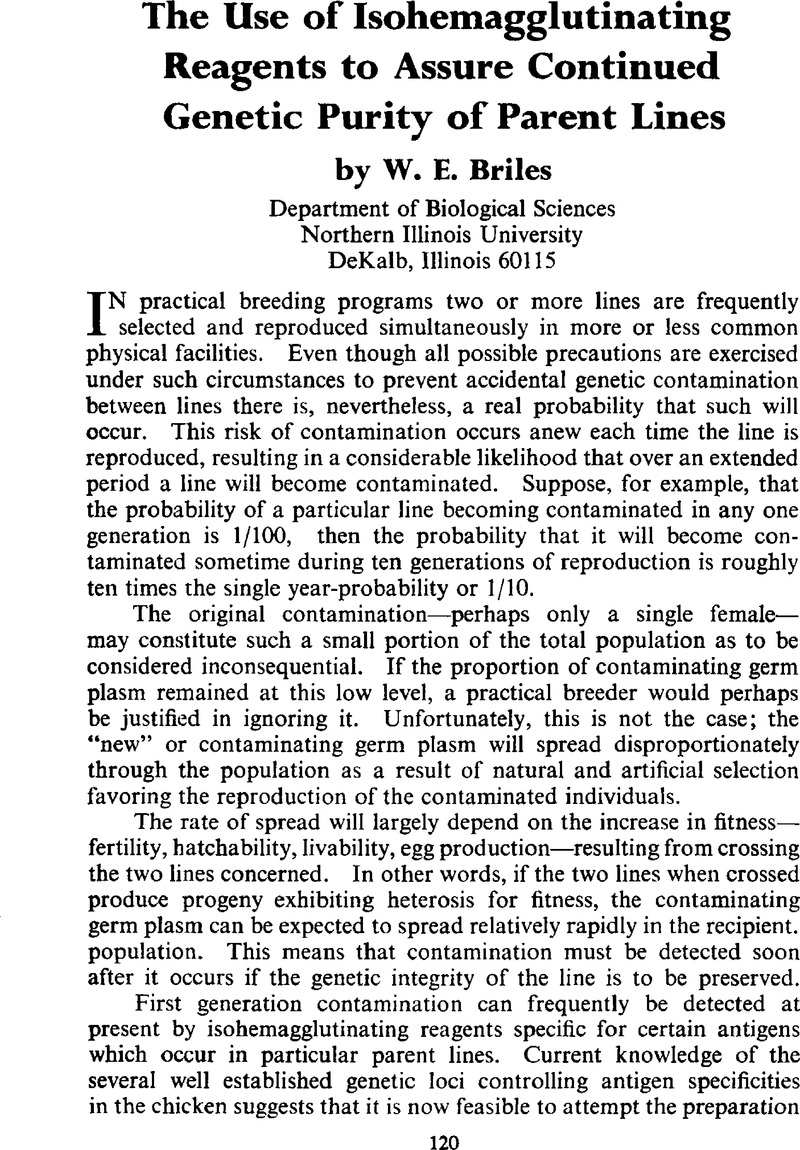Crossref Citations
This article has been cited by the following publications. This list is generated based on data provided by Crossref.
Shaklee, William E.
1974.
Research on Qualitative Genes of Poultry in the United States Part I.
World's Poultry Science Journal,
Vol. 30,
Issue. 4,
p.
256.
Rasmusen, Benjamin A.
1975.
Handbook of Genetics.
p.
447.
Moav, R.
Brody, T.
Wohlfarth, G.
and
Hulata, G.
1976.
Applications of electrophoretic genetic markers to fish breeding. I. Advantages and methods.
Aquaculture,
Vol. 9,
Issue. ,
p.
217.





